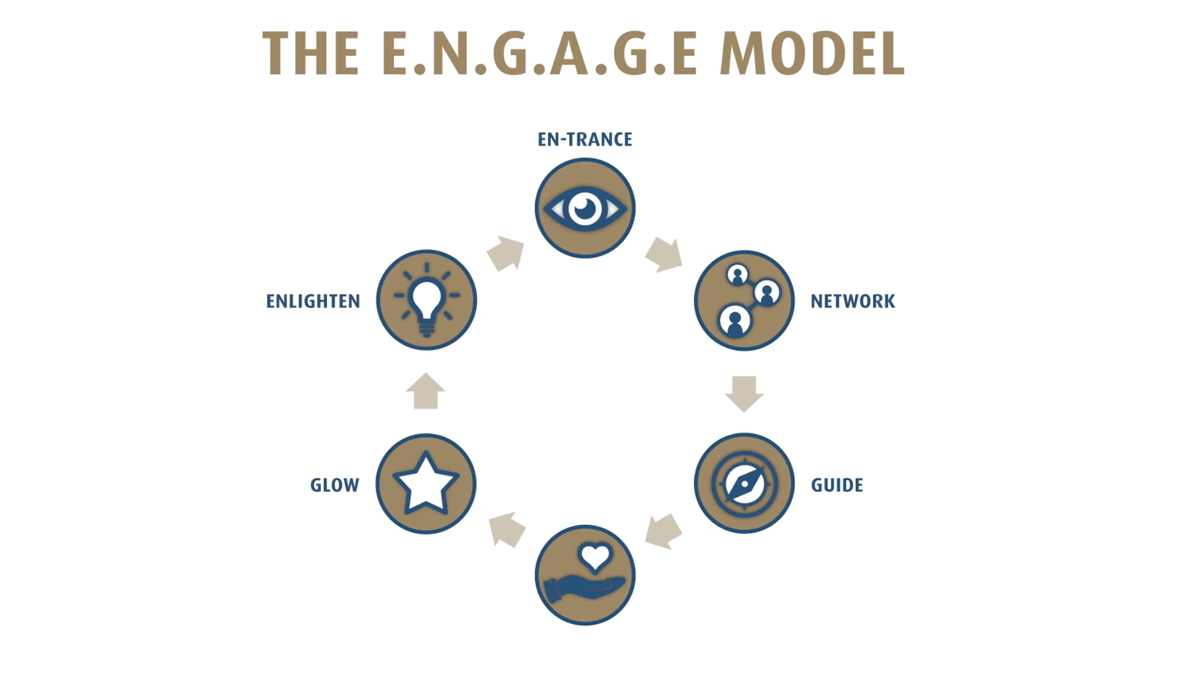What is an Engaging Executive?
Posted By Duncan Fish on February 20, 2017

You know what the two terms mean separately — “engaging” and “executive.” In fact, you’ve probably at one point or another wanted to be either “engaging” to a group of people, or simply an “executive” at your company. But do you ever really think of what the two words mean when you put them together?
Being an Engaging Executive, in the simplest terms, is leveraging two skill sets vital to your career. One is, of course, the technical ability to do your job and do it very well. The other is sometimes the harder of the two, and is the ability to engage the people around you, so that you become an inspiring and easy-to-follow leader.
Engaging Executives are easier to find in some fields than in others. For example, in marketing or sales, being engaging is an absolute must in order to make it even past the first rung on the corporate ladder, and in many cases, being engaging is part of the technical skills you need to, say, sell something.
However, there are a lot of fields where this isn’t the case, especially technical fields, where you could easily spend your days doing your work excellently without engaging with anyone at all. But to make it to the top, you’re going to have to develop a set of people skills needed to lead, because, eventually, doing your job well takes more than just “doing your job well.” It takes teamwork, capturing hearts and minds and leading other people in the direction needed.
So, who are the Engaging Executives?
How can you recognize them and how can you be like them?
These are the individuals who make a fantastic first impression, that know how to own and work a room. They can make small talk easily and effortlessly, and they genuinely make the people around them feel liked. They can get along with anyone. They know how to get “on the inside” of any group. They’re able to develop an influence over their colleagues and even their superiors.
They’re not the people who have a hard time empathizing with their co-workers, or who are relatively boring or uninteresting. They’re not the people who can’t quite deal with social conflicts, or the emotions of their coworkers.
In bad news, there are quite a few people who are amazing at the technical sides of their jobs — from coding to editing to accounting — who are more of the second individual. In good news, it’s actually relatively easy to turn that second individual into the first individual, as long as you know what you’re doing.
Interested in learning our process?
Stay tuned for more Engaging Executive blog posts, so you can learn not just why you need to engage with your colleagues, but tips and tricks for how you can easily do so. From simple things, such as learning the art of small talk, to more complex matters, such as asserting your influence, you’ll learn it all. Don’t miss a single post, when you sign up for our email updates, and stay tuned to LinkedIn for side helpings of Engaging Executive advice throughout the month.
Interested in knowing how you stack up? Try taking our Engaging Executive Questionnaire.
One of the best ways to understand your co-workers is by asking for feedback. If you would like to learn more about the importance of feedback, read here.



